The European Union faces the highest arrival of migrants since 2015 with record numbers of people arriving in Italy and Greece, putting reception mechanisms under severe strain. This year, member states reached a historic deal on key asylum and migration laws as deals with transit countries are struck. The EU has launched a a legal procedure against Hungary.
News of drowning migrants in the Mediterranean, arrested rescue ships and inhumane treatment of migrants, as recently in Greece, have been at the centre of media and criticism from civil society, NGOs and politicians, agerpres reports.
European intervention is needed to prevent the deterioration of the international situation from driving more and more migrants and refugees to Europe, said Italian Deputy Premier and Foreign Minister Antonio Tajani as arrivals of irregular migrants to the European Union have increased significantly in recent months with several countries in southern Europe experiencing a doubling in numbers.
'The international situation is deteriorating, pushing people to leave Africa and seek a place in Europe through the Balkan and Mediterranean routes,' Tajani said on Sunday. 'We are working to control the situation, but action is needed from the EU.' Italy's Prime Minister Giorgia Meloni declared a nationwide state of emergency in April.
The international situation is deteriorating, pushing people to leave Africa and seek a place in Europe through the Balkan and Mediterranean routes.
Antonio Tajani, Italian Deputy Premier and Foreign Minister
A spokesperson of the European Commission said in August that the Commission was 'aware of the increase' and was working with Italian authorities to help decongest the Lampedusa hotspot. Further, 'the EU agencies Frontex, the European Asylum Agency (EUAA) and Europol have 450 people deployed in Italy.'
European Commission President Ursula von der Leyen called for more agreements with partner countries outside the bloc to control immigration. 'We must work more closely with the countries of origin and the transit countries,' she said in July. Europe should invest more in stabilising the economies of North African countries 'and, together with them, fight more consistently against the organised crime of smugglers and traffickers', she added.
Every second irregular migrant comes via Central Mediterranean Route
The Central Mediterranean Route remains the most popular for migrants in the first seven months of 2023. Those using the route often embark in North Africa and Turkey, crossing the Mediterranean Sea to reach Italy. 89,047, which are more than half of the entry attempts, were registered on this route, according to the European Border and Coast Guard Agency Frontex.
The agency further stated that the increased migratory pressure on this route could continue in the coming months, as smugglers offer lower prices for Mediterranean passage in the face of fierce competition among criminal groups. However, Frontex noted that the Mediterranean Sea remains dangerous, in the first seven months of this year more than 2,060 migrants went missing. According to the International Organisation for Migration, more than 1,800 people have died this year in shipwrecks on the central Mediterranean migration route, the world's deadliest.
In Italy, for example, the number of migrants arriving by boat in 2023 has surpassed 100,000 in mid-August. By August 23, some 105,909 people arrived by sea according to the Italian Interior Ministry. In the same time frame last year 51,328 people arrived. The main country from where migrants depart to reach Italy in 2023 is Tunisia. Should people continue to arrive in such high numbers, the overall yearly figure could top 2016's record of 181,000.
Doubling numbers
The Spanish Canary Islands have also seen an increase in boats departing on the migratory route from West Africa to the islands. In August, 2,692 people were rescued or arrived on the Canary coast according to Canarian authorities, more than double compared to July. NGOs forecast that this increase will continue over the next months, due to the good weather conditions, the political crisis in Senegal, the instability in the Sahel and famines in many African regions.
The Greek Migration Ministry, too, has registered a significant increase in the number of people crossing from the Turkish Aegean coast to various Greek islands in recent weeks. According to the ministry, 6,669 migrants were living in the reception centres on the islands of Lesbos, Chios, Samos, Leros and Kos in mid-August. Their number has more than doubled compared to August last year when the number was 2,964.
Belgium faces an acute asylum crisis as the number of people arriving in the country has rapidly risen from last year, putting pressure on an already creaking system. As a result, single male asylum seekers will no longer be given shelter after the government announced a temporary suspension on Tuesday.
The Western Balkans route remains the second most popular route to reach the EU, according to Frontex. Photo: Kemal Softic/AP/dpa
Western Balkan route still popular, EU launches legal procedure against Hungary
Frontex reported a decline along the second most popular route, the Western Balkan route - which refers to irregular arrivals to the EU via the region comprising Albania, Bosnia and Herzegovina, Kosovo, Montenegro, North Macedonia and Serbia. There were more than 52,200 detections, a drop of 26 percent, largely due to tighter visa policies.
While numbers in migration camps in southern Bosnia and Herzegovina have decreased significantly, the country continues to function as a transit area for migrants on their way to the European Union. Trends forecast a continuous influx, also due to neighbouring Croatia entering the Schengen area in January 2023.
In Slovenia, the number of recorded illegal entries between January and July increased significantly compared to 2022. Data released by police showed an increase from 10,103 to 26,871. Croatia remained the main entry point for illegal entries, accounting for 25,431 of the intercepted cases compared to 8,330 in the same period last year.
Meanwhile, the situation in terms of numbers in Serbia remains unchanged. Since the beginning of the year, around 73,000 migrants passed through Serbia's reception centres.
In bordering Hungary, Prime Minister Viktor Orban's government released 1,400 convicted people smugglers from prison and gave them three days to leave the country in April. Last month, the European Commission launched a legal procedure against Hungary.
EU's migration policy: a historic deal on a difficult path
The EU has taken a number of actions to tackle irregular migration. After years of fighting, EU member states struck a historic deal on two key pieces of legislation included in the New Pact on Asylum and Migration in June. The comprehensive reform of the bloc's asylum policy has been described as historic. The pact was proposed by the European Commission in 2020 in order to create a fairer, efficient and more sustainable migration and asylum process for the bloc.
According to the new plan, asylum applications would be processed within twelve weeks and all migrants must be distributed among the 27 EU states on the basis of GDP and population. The goal is to achieve 30,000 relocations per year.
The compromise sets a new solidarity mechanism and stipulates that the acceptance of refugees should no longer be voluntary, but obligatory. Countries that do not want to take in refugees would be forced to pay 20,000 Euro compensation per person. In an event of crisis, the Commission would decide whether a country needs solidarity in the case of a boom of arrivals.
The deal constitutes the basis of negotiations by the Council presidency with the European Parliament. Nevertheless, it faced a first setback on July 26, when EU member states failed to agree on a key aspect of the planned migration pact, concerning rules for migration and asylum specifically in crisis situations.
The Spanish EU presidency, supported by Italy among others, had suggested a compromise which failed to gain support from several countries (Poland, Hungary, the Czech Republic and Austria). Germany, Slovakia, and the Netherlands said they would abstain after expressing concerns that the standard for granting asylum might be lowered by the regulation.
Poland, which is vehemently opposing the new asylum policy is planning to hold a referendum on the same day as their parliamentary elections on October 15. The government will ask citizens to give their view on planned reforms to the EU's asylum policy, including whether it should be mandatory for member states to take in a quota of migrants. However, the outcome will have no effect on the EU reform plans.
unisian President Saied receives Dutch Prime Minister Rutte (left), President of the European Commission von der Leyen and Italian Prime Minister Meloni (right). High-level EU representatives travelled to Tunisia to explore closer cooperation on migration with the government there. Photo: Freek Van Den Bergh/ANP/dpa
Controversial 'model of partnership' deal with Tunisia
Besides focussing on the internal, the EU also tackles external dimensions of migration.
In July, the EU signed a Memorandum of Understanding with the Tunisian government of President Kais Saied. The European Commission wants to expand its cooperation with Tunisia in migration policy in a bid to stem the growing flow of migrants and refugees transiting through or departing directly from Tunisia en route to Europe via Italy.
While many criticise the memorandum as unethical and 'highly problematic', also due to Tunisia's inhumane treatment of migrants, others describe it as a right step to permanently reduce immigration numbers in Europe. Italian Prime Minister Meloni described the memorandum as 'a model of partnership' with the countries of North Africa.
The EU Commission wants to make 105 million Euro available for search and rescue operations and the repatriation of migrants and 150 million Euro in subsidies for the Tunisian state budget. In addition, the country can hope for cheap loans of up to 900 million Euro for long-term economic and financial stabilisation.
The five pillars of the memorandum - macro-financial assistance, economic relations, energy cooperation, migration, contacts between people - follow the Commission's strategy which includes all-round agreements that accompany cooperation in the fight against traffickers with a strong acceleration in economic and sustainable energy supply policies.
The agreement 'is an investment in our shared prosperity, stability and future generations', was the comment of Commission President Ursula von der Leyen.
This article is published weekly. The content is based on news by AFP, ANSA, dpa, EFE, FENA, STA, Tanjug agencies participating in the enr

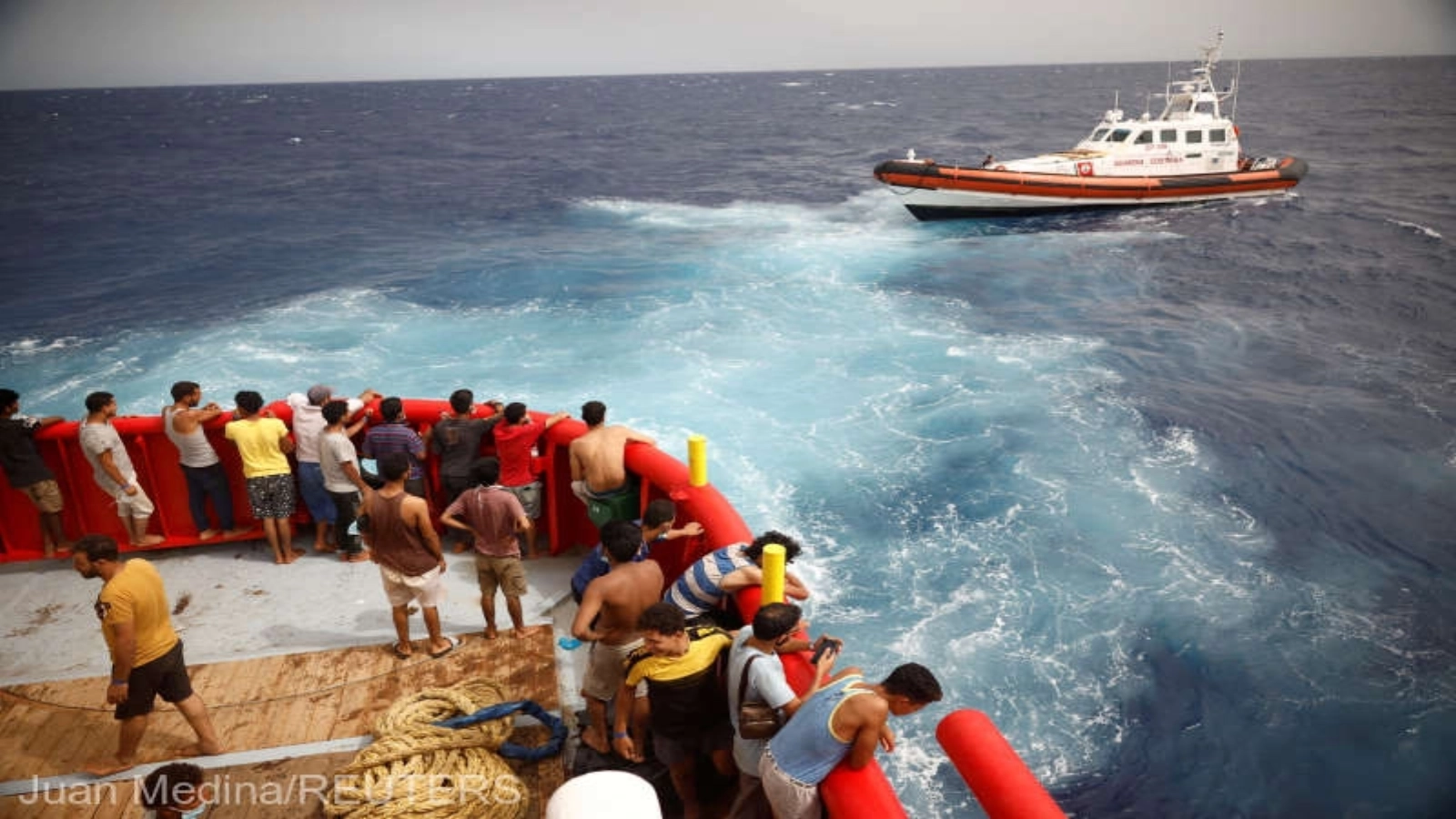





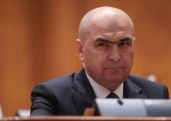



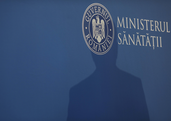










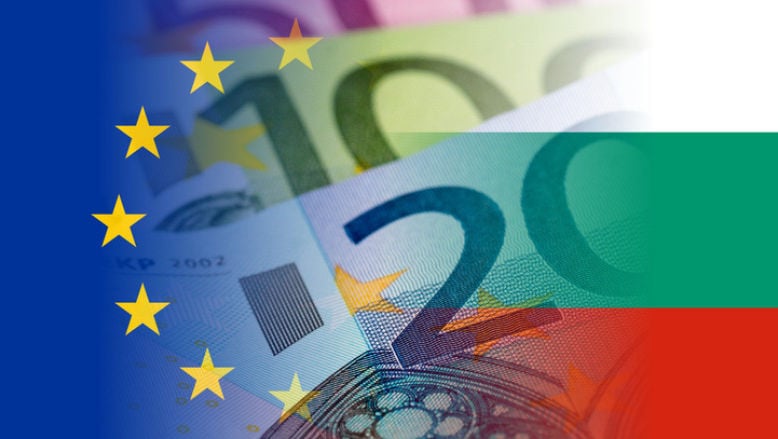
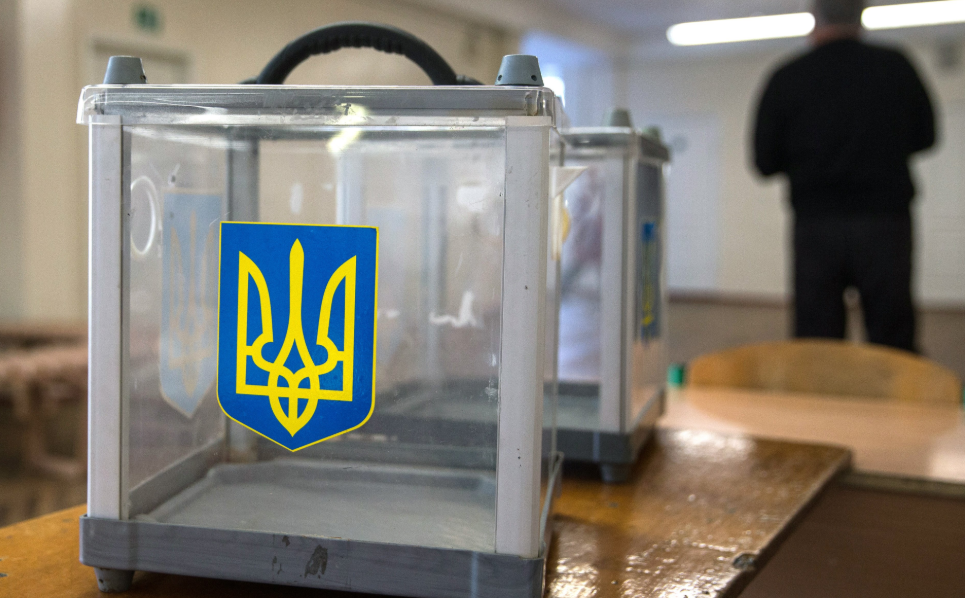








Comentează